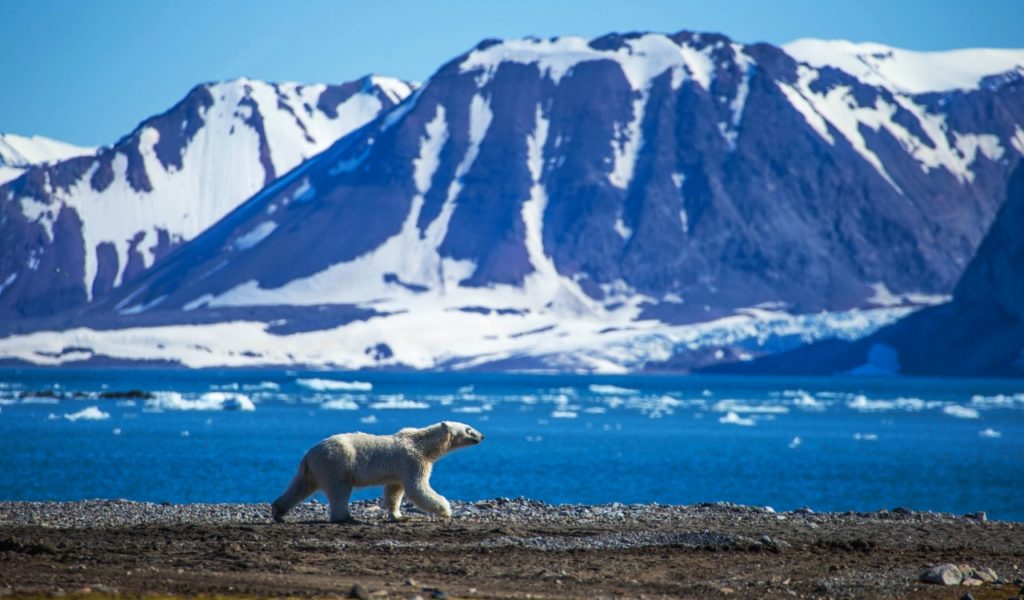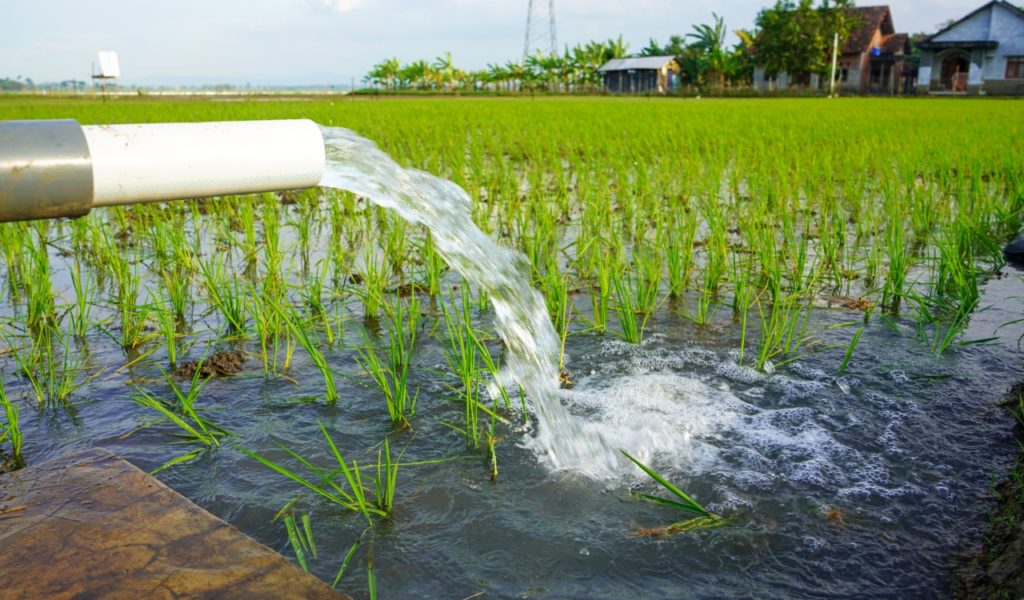While it might seem impossible, irrigation might have changed how the Earth rotates. Recently, studies uncovered that runoff from irrigation moved so much water from the land into the sea that rotation might have measurably shifted.
It is important that we reference “measurably” here. There are times when things can be affected in only a small way. It’ll be so small that it won’t necessarily mean much. When there is a true measurable difference, that is when you know it’s worthy of caring about.
Recently, computer simulations were conducted by the University of Texas at Austin Geophysist Clark Wilson & colleagues. They looked at runoff irrigation from 1993 to 2010. During this time, irrigation alone nudged the North Pole by around 78 centimeters.
They publish their findings for all to see in the June 28th Geophysical Research Letters.
This was significant to uncover because it would mean that irrigation was the second largest contributor to the polar shift. Of course, still at the top is the ongoing rebound of Earth’s surface following the retreat of glaciers since the last Ice Age on the planet.
The North Pole Movement

For some time now, researchers have been aware that the North Pole wanders across the Arctic seascape in a circle. This is usually within a few meters in diameter. Seasonal weather patterns can cause part of the cyclical drift. Along with long-term variations in the temperature and even the salinity of ocean water.
This is all part of a 14-month-long oscillation dubbed the “Chandler Wobble.”
Of course, repeated vacillations are not the only thing that is responsible for pole movement. Wilson claims there is also a subtler, noncyclic polar drift caused by the movement of land-based water to the sea. Which usually comes from melting glaciers worldwide and from ice sheets in places like Greenland & Antarctica.
Runoff irrigation plays a surprisingly huge role in that.
During the initial study looking into these water movements, Wilson & his colleagues used computer simulations. This was done to assess how the impoundment of water behind dams, glacial melt, irrigation, and several other factors might affect polar drift.
Previous studies found that irrigation shifted about 2 trillion metric tons of water from land-based aquifers to the oceans from 1993 to 2010. This was more than enough to raise the global sea level by more than 6 millimeters.
While Small, The Numbers Mean A Lot

While the number just referenced seems small, the redistribution of water was enough to shift the North Pole just over four centimeters each year on average during this period of time.
When each source of water movement is considered, including runoff of meltwater from ice sheets, the North Pole drifted about 1.6 meters toward the east coast of Greenland during this point.
Irrigation’s role in all of this seemed to be to nudge the pole generally east of where it would have moved on its own. Without irrigation though, the pole would have likely drifted nearly the same amount. However, it would have gone toward the center of Greenland instead.
Wilson claimed that, unlike other drivers that vary from year to year, polar drift due to irrigation is permanent and likely growing each year.
Outside of shifting the North Pole, large-scale irrigation is also known to affect local & regional climates. Studies have repeatedly shown that irrigation cools temps and boosts humidity, at least within California’s Central Valley.
However, studies have also shown that it also can lead to increased rainfall in the Four Corners area of the American Southwest. It also enhances flow volumes in the Colorado River too. Basically, irrigation plays a dramatic role on our planet.
We’ve already seen how studies are proving places like New York City could be underwater sooner rather than later. It’s probably worth trying to limit irrigation before we do more damage to the planet and ourselves.
References: